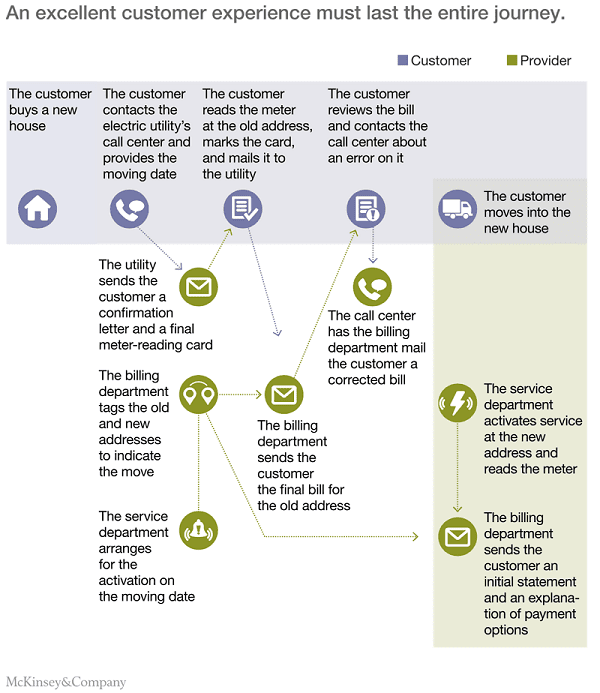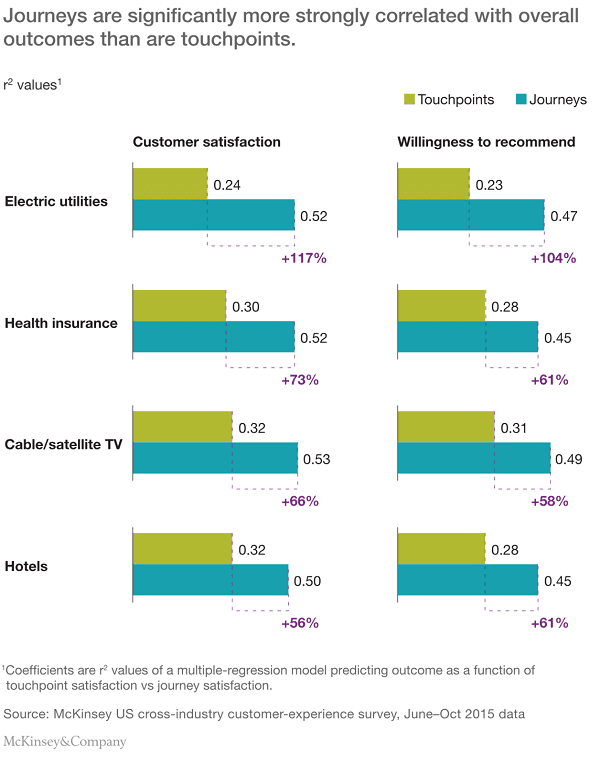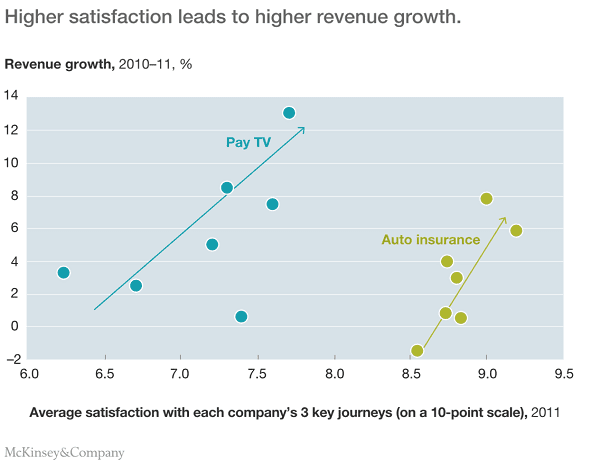You are here: Home / Insights / Leadership / Why emotional intelligence is crucial in the age of disruption

Why emotional intelligence is crucial in the age of disruption

Today’s business leaders need to have the emotional intelligence to navigate through disruptive times in industry.
Business models are changing and customer relationships are shifting. Many business leaders today have fewer interactions with their businesses than ever before but still, expect more from them. As many industries bring on automation and artificial intelligence, it is becoming even more important for leaders to have a clear understanding of the whole customer journey and how they can improve customer relationships. They also need to recognise that to fully understand this journey, it may not be visible through data alone.
Today we’re already experiencing increases in productivity but also obscuring the real human interactions that are constantly occurring.
While data can predict some things, humans are irrational and make decisions impulsively or based entirely on emotion. Empathy is key to understanding this, as well as being able to consider the customer journey as a whole, beyond data-driven touchpoints.
In this article, we’ll discuss the following key facts:
- Industry disruption is now rampant, with artificial intelligence, automation, and peer-to-peer services taking over.
- As the relationship between customers and businesses change, it becomes necessary to ensure that customers have the best possible user experience.
- With fewer interactions between customers, emotional intelligence must be used to intuit and analyse the full customer journey.
What is emotional intelligence?
Every leader has their own leadership style and method of confronting challenges. Some of these leadership styles rely upon emotional intelligence more than others. There are five key elements to emotional intelligence:
- Self-awareness
- Self-regulation
- Motivation
- Empathy
- Social skills
All of these are entwined and must work together to create a leader who is able to be intuitive, creative, and inspirational. Not only does emotional intelligence help when procuring the right talent and inspiring them to do better, but it’s also in understanding and meeting the needs of customers. In an age of disruption, that’s incredibly important.
Living in an age of disruption
Nearly every industry is shifting to becoming more service-oriented and with this, human interaction is being reduced. Insurance companies believe that car insurance may no longer be necessary in the next ten years as automated vehicles become more popular. AI machines are replacing human jobs—not just unskilled labour but even the work of paralegals and junior law partners. Drones are delivering items. Consumers are moving away from large, established companies and towards peer-to-peer services which can provide a more variable experience at a cheaper cost.
Rather than staying at hotels, they’re using Airbnbs. Instead of calling taxis, they’re using Uber. Consumers are also increasingly buying direct from sellers on marketplaces such as Etsy. The market is automating and decentralising. With all that automation and decentralisation, it is becoming even more important (and more difficult) to forge real relationships with your customers.
When data lies: Improving upon customer experience through emotional intelligence
How can your organisation use emotional intelligence to improve customer experience? The answer is through empathy. Emotional intelligence affords the ability to see the customer’s relationship with the business from the customer’s point-of-view. When building a customer journey that moves beyond touchpoints, this is incredibly important.
In a McKinsey research, looking at a customer’s journey as a whole was far more effective than a traditional touchpoint-oriented approach. Touchpoints don’t always tell the complete story of the consumer’s relationship with a business; rather, they only show the customer’s direct interactions with the business.

In this infographic by McKinsey, the customer’s journey and the provider’s actions are both compared. Both of them tell different stories.
In an example given by McKinsey, customers were found to be rapidly leaving a business even though customer satisfaction remained high. While customers were satisfied with each individual interaction with customer support, they were frustrated with the experience as a whole: they were frustrated by the number of times they needed to contact support.
Looking at each individual customer support touchpoint told them nothing about the broader scope of the customer’s journey.
With a journey-focused approach, it’s possible to reverse-engineer the customer’s experience. Look at complaints, bottlenecks, workarounds, and anything else that could be disrupting the flow of business and damaging the experience that the customer is having. Contacting real customers is important. Rather than making assumptions about their behaviour, ask them questions about it.
From McKinsey’s research, we can see that touchpoints correlate less to a company’s actual outcome than the complete customer journey:
In this data-driven world, many businesses are looking towards their metrics and making leaping and grand assumptions about them. This can work in favour of a business if the business is already doing well. After all, it’s easy for a business that is successful to assume it’s successful for the wrong reasons. But the second the market temperature changes or disruption continues, these very same businesses may find their performance shifting without any data to account for it.

A customer-driven approach will be able to pare down to the reasons behind poor performance by going directly to the source — the customer. The more direct the information is, the more likely it is to be accurate. The higher a customer’s satisfaction is, the higher the revenue will grow.
McKinsey’s report shows that satisfaction rates lead directly to revenue growth, which makes it one of the most important metrics:

Once you have a strong understanding of your customers, you can use personas based on empathetic insights. Question your company’s demographics and what your company’s products and services mean to those demographics. Think about your buyers and what is really important to them, and you’ll be able to meet the needs that they have—rather than the needs that you assume they have.
Key takeaways
Ultimately, customer experience has become the driving force for many businesses. In this age of disruption, customers are looking for a different experience from the businesses they work with.
Businesses are finding out that the more technology and data there is available, the more trusting and understanding customers really matter.
Emotional intelligence is something that separates good leadership from great leadership. By developing your emotional intelligence, you can reach intuitive insights that can then be tested.
It isn’t always easy for CEOs and Business Owners to develop emotional intelligence — it takes time and practice.
Having access to new perspectives – whether from fellow business peers, an outside facilitator or a confidential mentor can help. TEC provides resources for CEO’s who want to evolve with the changing market. For more information or to speak to a membership advisor, contact us today.



